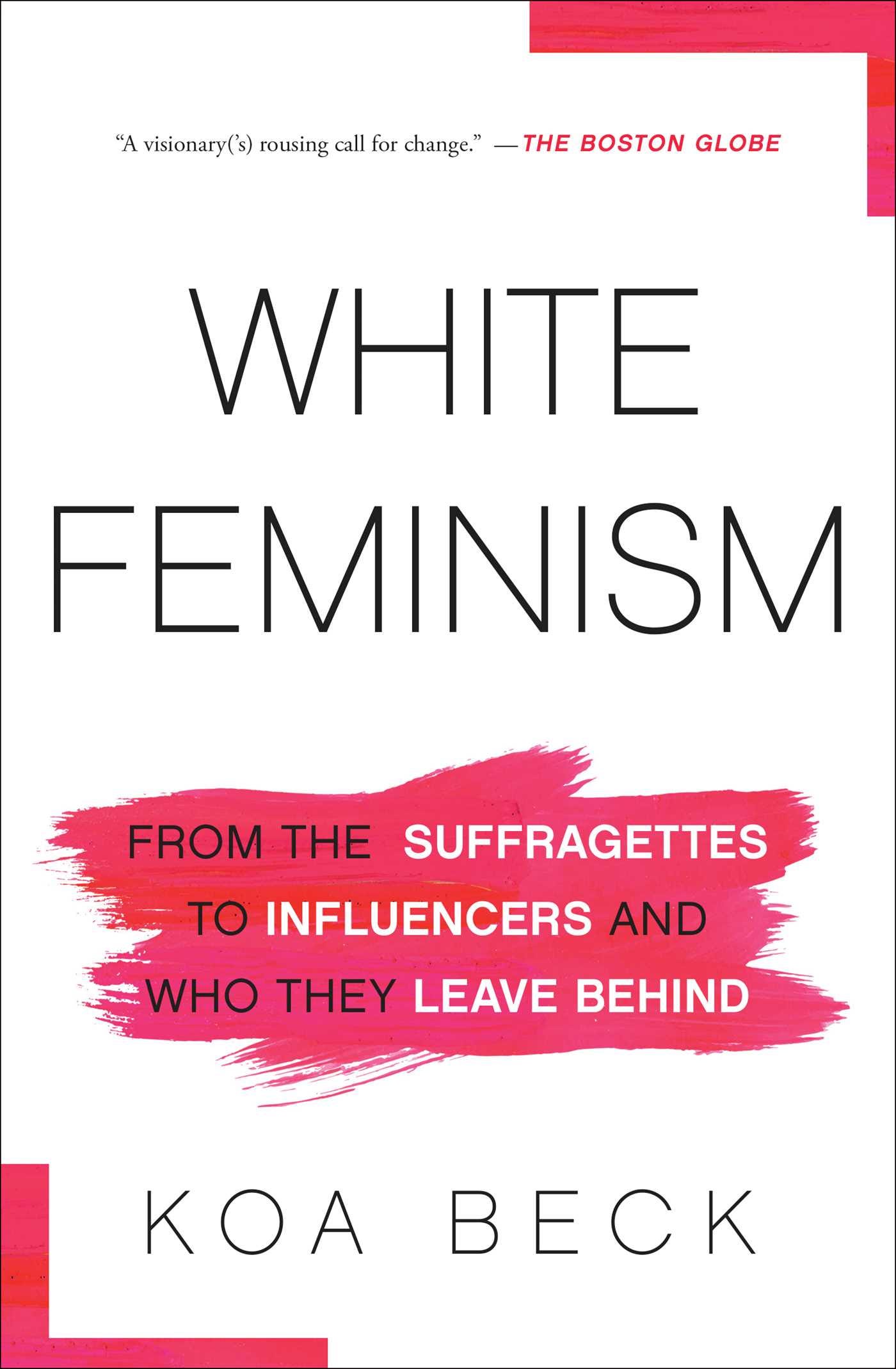Dear Readers, I’m so happy to find you. If you’re here, you are most likely familiar with my nonfiction book, White Feminism: From the Suffragettes to Influencers and Who They Leave Behind, praised by Barbara Smith, Gloria Steinem, Patrisse Khan-Cullors, and Rebecca Traister. I’ve written about, reported on, and analyzed gender for most of my career and have held senior editorial positions at national women’s publications. I’ve also spoken at many colleges, universities, and institutions about gendered movements, feminist activism, and, of course, the enduring practice, ideology, and history of white feminism in the United States. In 2022, following the publication of White Feminism, I was awarded a fellowship at The Huntington to research one of my longtime fascinations and enduring gender tropes: the “Valley Girl.”
You know her without really knowing her. She is a type: a white, middle-class “bimbo” with dyed blonde hair somewhere between the ages of 13 and 30 with a penchant for saying “like” a lot. She lives in Los Angeles and is routinely depicted as a “trashy airhead mall rat” with no awareness of anything outside the local Galleria and Top 100 pop songs. Some of the details of her clothes or interests morph with time (scrunchies give way to tube tops), but the consensus stays the same: this woman is an idiot.
An essential question I wanted to answer was how this stereotype of a “ditzy,” boy crazy, gum-snapping young woman with disposable income grew out of a part of the United States that technically used to be Mexico. What about this area generated this performance of gender? Who was it for? And where did it even come from?
For me, this inquiry is very layered: I’m a valley girl1. I was raised in the San Fernando Valley—as it is formally known—an arid desert suburb “developed” just north of Los Angeles after World War II. I am biracial, queer, and have never been blonde. In a lot of ways, I couldn’t be further from the depiction that has persisted of the quintessential Valley Girl2. (Having said that, I do often hear myself say “like” a lot in panels and podcasts). But when I went digging through the archives, I found that the valley girl is actually a lot closer to me than is culturally exported. I also uncovered a lot about what motivated the creation of the Valley Girl trope and how culture, racial and class anxieties, and local politics created and then denigrated the Valley Girl.
What about this area generated this performance of gender? Who was it for? And where did it even come from?
A lot of this reexamination of origin is also very timely in my own life. In 2019, I moved back to the San Fernando Valley after a decade living in another state; I literally moved back into and—consequently took over—my childhood home. In 2024, my wife and I adopted our daughter from foster care after three years as licensed foster care parents. And in the grand cycle of life, I am a valley girl who is also now raising a valley girl in the same house in which I was a valley girl. The meditation on gender and geography is near constant.
Since restoring my family home, I’ve also discovered a lot of family history and assembled more of a narrative as to why we came here and perhaps why we keep coming back, especially the women.
I have three objectives for this newsletter:
I want to share with you who the valley girl actually is (with real women from history);
I want you to know why and how the Valley Girl stereotype developed;
And I want you to know why the trope is perpetuated.
I’m planning to publish a weekly free essay on the Valley Girl based on my research and will build up to a paid subscription for additional analysis. I hope that what I’ve found will help you rethink what you assume to know about Los Angeles and the women and nonbinary people who have lived here. Me included.
Love, Koa
Lowercase “valley girl” to indicate a female-identified or pangender individual who happens to be from or inhabit the San Fernando Valley.
Uppercase “Valley Girl” to indicate the manufactured caricature.






